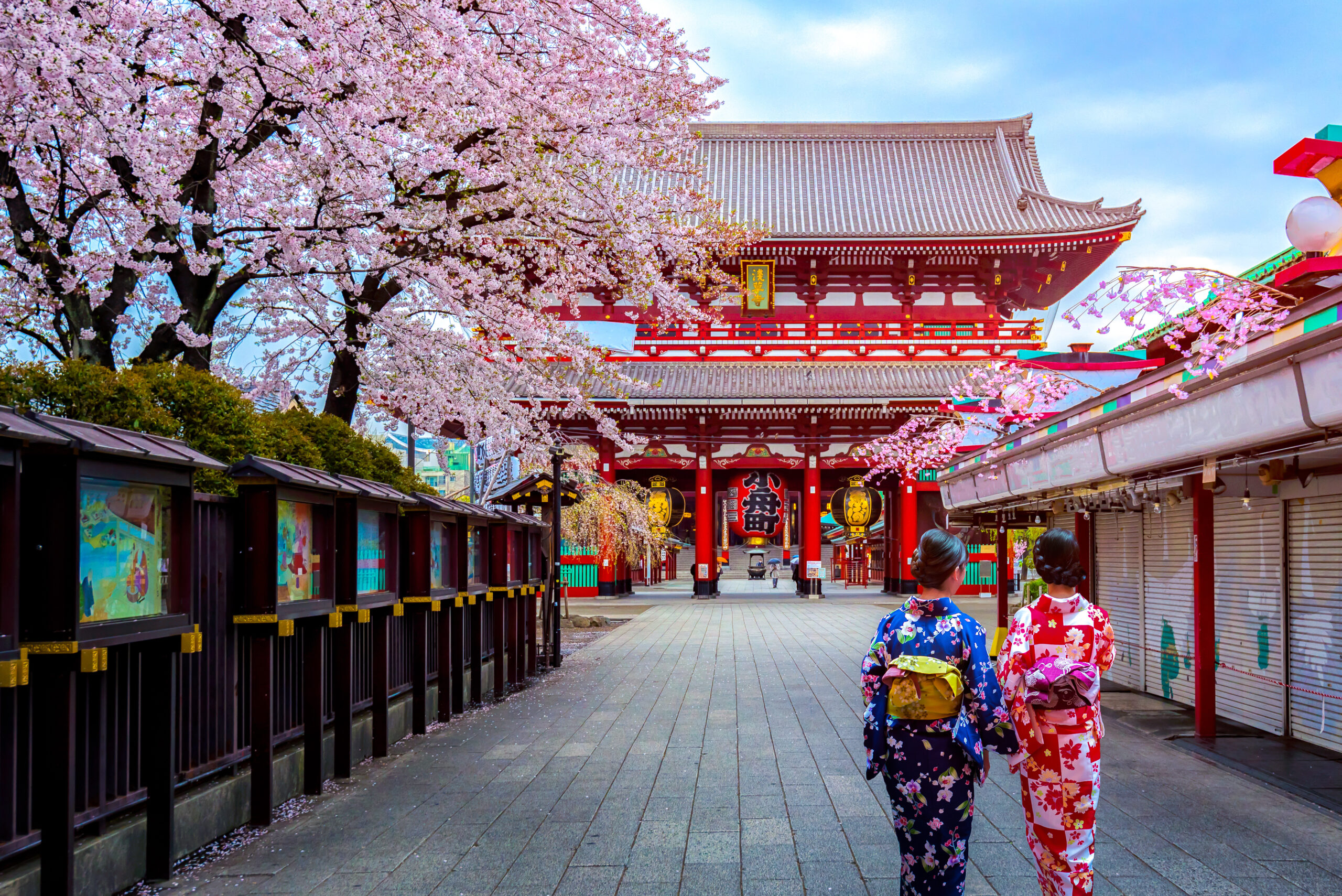A city’s cultural diversity can be explored in addition to its well-known attractions. One must become immersed in the culture to really understand it. In this post, we’ll examine the practice of cultural exploration and offer advice on getting in touch with the locals, promoting the arts, enjoying regional cuisine, and getting involved in the neighborhood. As we uncover the interesting histories of these legendary cities, come along on a journey of discovery.
Understanding Cultural Immersion:
Taking in the sights of a city does not qualify as cultural immersion. It entails thoroughly assimilating into the community’s culture, adopting its traditions, and developing a true knowledge of the principles that guide it. We may foster a strong regard for the city and its residents by actively partaking in local traditions and cultural events.
Embracing Local customs and Celebrations:
We must embrace the local customs and celebrations of a city in order to fully immerse ourselves in its culture. Look into the city’s cultural events calendar and look for chances to attend and take part in real celebrations. Participating in customary rituals or joining in on the brilliant colors of a local festival both provide opportunities to gain a glimpse into the essence of the city’s cultural fabric.
Exploring Historical Landmarks and Cultural Centers:
The best way to understand a city’s rich legacy is to explore its historical landmarks and cultural centers. Visit well-known locations, historic temples, or galleries that display the area’s artwork and treasures. These locations provide a fascinating journey through time and reveal the historical relevance and aesthetic accomplishments of the city. For a deeper knowledge of the narratives and historical context around these landmarks, interact with local guides or audio tours.
Getting Involved in Local Arts and Crafts:
A city’s artistic expressions and craftsmanship offer a distinctive lens through which to explore its culture. Find local workshops, craft fairs, and art galleries to learn more about the creativity that exists in your neighborhood. Engage with regional artists and craftspeople, discover their methods and sources of inspiration, and perhaps give some traditional crafts a go. By helping these artists, you promote the expansion of regional artistic communities and aid with the preservation of cultural heritage.
Enjoying Authentic Flavors and Culinary Traditions:
A city’s culture cannot exist without its cuisine. We must indulge in the genuine tastes and culinary customs that characterize the regional palette if we want to truly immerse ourselves. Discover regional markets, food carts, and traditional restaurants to sample the various flavors and scents. Interact with local food vendors, discover the ingredients they use and how they prepare their meals, then indulge in the regional specialties. We may cross cultural divides and forge enduring bonds via food.
Interacting with the Local Community:
A key component of cultural immersion is interacting with the local community. Talk to the people you see, pay attention to what they have to say, and express an interest in their way of life. These conversations offer insights and establish togetherness whether it’s interacting friendly with shopkeepers or joining in community efforts.
Investigating Neighborhoods and Hidden Gems:
To fully understand a famous city, go beyond its well-known tourist attractions and investigate its neighborhoods and hidden gems. Explore the small shops, meander through the winding streets, and take in the locals’ daily activities. Every area has its own distinct personality and allure, providing a different window into the local way of life. Find neighborhood cafes, public art, or community markets that offer a genuine window into the lives of those who reside in the city.
Learning a few simple phrases in the language of the area you’re visiting can improve your ability to fully immerse yourself in the culture. Even if pronunciation isn’t great, locals appreciate the effort made to speak in their own language. In order to establish rapport and demonstrate respect for the local way of life, simple greetings, expressions of thanks, and phrases for ordering meals or requesting directions can go a long way.
Reflecting and Documenting Your Cultural Journey:
As you engage in cultural immersion, take the time to reflect and record your experiences. To save your memories, keep a travel journal, take pictures, or make a scrapbook. Consider the lessons discovered, the contacts created, and the personal development gained through cultural discovery during these moments of introspection. You can keep a physical memory of the transforming impact of cultural immersion by writing down your travels.
Through cultural immersion, we can explore the history and hidden depths of famous cities. We can genuinely understand the soul of these famous locations by embracing local customs, seeing historical sites, engaging with the arts, enjoying genuine cuisine, interacting with the locals, and going off the beaten road. Let’s go to other cities to learn about their cultures, keeping an open mind and a sincere curiosity. Through cultural immersion, we develop empathy and forge enduring memories while learning more about the various cultures of the world.

